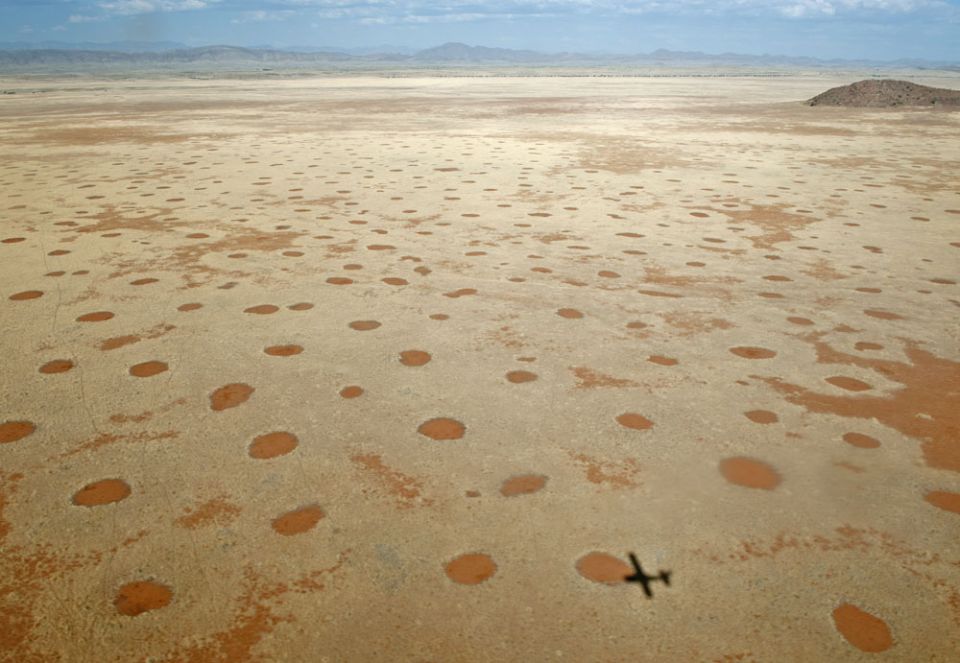
In the deserts of southern Africa, there are large areas covered by mysterious circles, with patches of sand surrounded by a border of grass.
These so-called African “Fairy circles” have long been a mystery to science, but now a plausible explanation has been presented.
These “fairy circles are clearly visible from the air with a diameter of 2-15 meters and most of them appear in Namibia, but they are also present in Angola and South Africa.
A Possible Explanation
The German biologist Norbert Jürgens at the University of Hamburg believes he has found the answer. He has studied the circles since 2006 and noted that they come and go in the landscape. He also investigated all animals in their immediate vicinity.
Now he presents his findings in the Journal of Science. The circle’s emergence and disappearance give perhaps the impression that they are somehow “alive”, which in a sense is actually true. Jürgens presents the idea that they are being created by living organisms according. A specific termite species called Psammotermes allocates that is living in the sand of these regions in Africa.
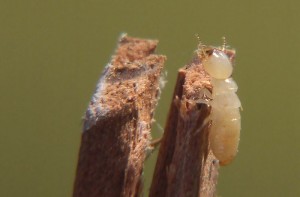
Jürgens draws this conclusion after having to examine approximately 1,200 circles. And these termites were, in fact, the only organism that existed in all these places. Other species of termites or ants could occur at circle areas but not all. These termites are easily overlooked since they construct tunnels with very thin walls and unlike other termites, they build no mounds, otherwise so typical for termites in Africa.
Juergens writes, “Psammotermes allocerus turns wide desert regions of predominantly ephemeral life into landscapes dominated by species-rich perennial grassland supporting uninterrupted perennial life even during dry seasons and drought years.”
Industrious as an Ant!
The circles are formed when the termites eat plants in their environment and Jürgens believe that they are created with a special purpose.
You have probably heard of termites growing and harvesting fungus. Maintaining a “garden” of specialized fungi of the genus Termitomyces. This fungus is nourished by the excrement of the insects and in turn, it provides the termites with necessary nourishment in a perfect symbiotic relationship.
These circles are also a result of this particular termite spices eating habits. The bald spot of sand in the middle of the circle’s functions as where the humidity is lessened in the soil, the humidity instead favors the grass at the circle edge, and this grass is the termite’s main food source during long dry seasons. The termites keep chopping off the roots of new shoots from beneath the inner circle, preventing new vegetation from disrupting their engineered ecosystem.
To the Himba people who live in the region, however, there is nothing to explain; these barren patches are said to have been caused by the gods. The region’s Bushmen have traditionally ascribed spiritual and magical powers to them. Some oral tradition describes the fairy circles as the footprints of gods.
_______________
The Biological Underpinnings of Namib Desert Fairy Circles
______________________________


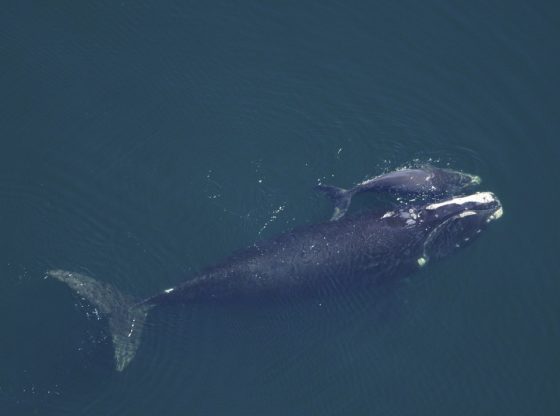
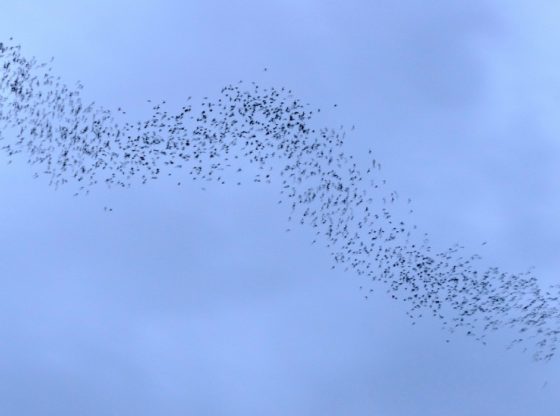



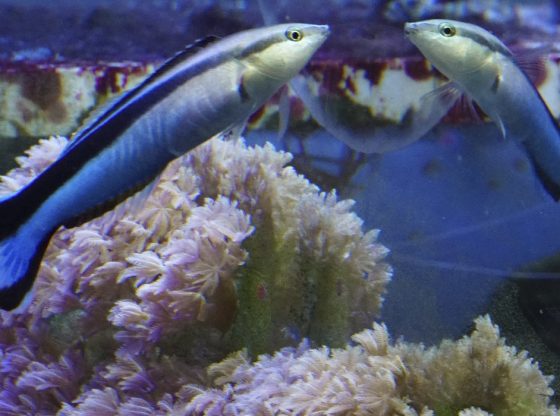



![OpenAI. (2025). ChatGPT [Large language model]. https://chatgpt.com](https://www.illustratedcuriosity.com/files/media/55136/b1b0b614-5b72-486c-901d-ff244549d67a-350x260.webp)
![OpenAI. (2025). ChatGPT [Large language model]. https://chatgpt.com](https://www.illustratedcuriosity.com/files/media/55124/79bc18fa-f616-4951-856f-cc724ad5d497-350x260.webp)
![OpenAI. (2025). ChatGPT [Large language model]. https://chatgpt.com](https://www.illustratedcuriosity.com/files/media/55099/2638a982-b4de-4913-8a1c-1479df352bf3-350x260.webp)








